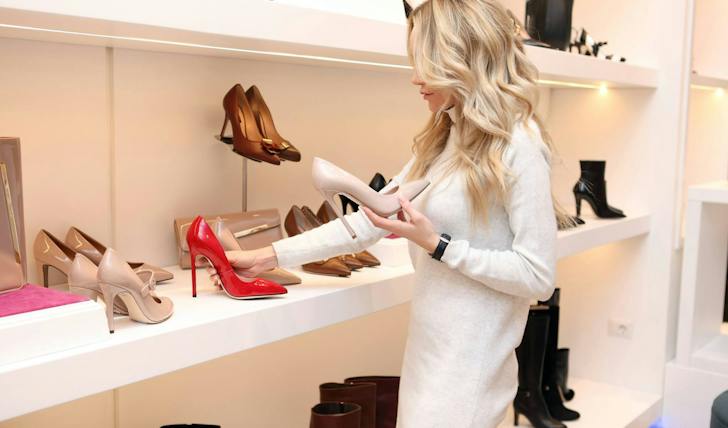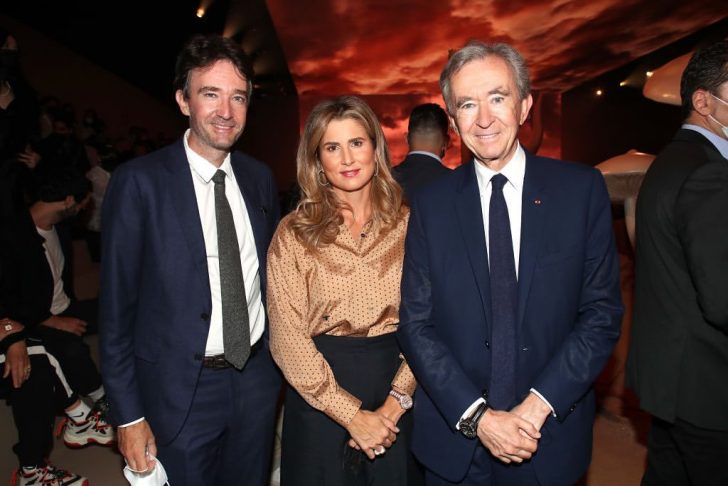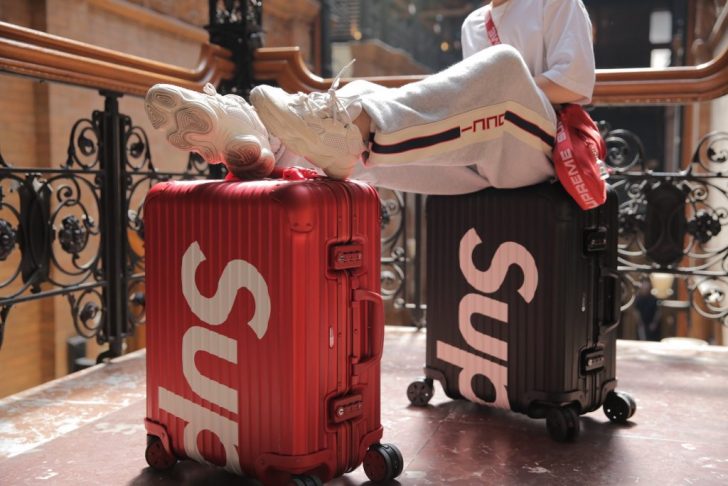LVMH Moët Hennessy Louis Vuitton is a name synonymous with luxury and opulence. The brand has crafted not just products but a legacy that resonates with exclusivity and prestige. From its inception to becoming the first European company to cross a staggering $500 billion market value, LVMH’s journey is a tale of strategic acquisitions, visionary leadership, and an unwavering commitment to excellence.
LVMH’s journey began with the merger of two French luxury goods companies: Moët Hennessy, a renowned cognac manufacturer. And Louis Vuitton, a leading luxury fashion house. This fusion, in 1987, was more than a business transaction. It was the melding of centuries-old legacies in fine wine and leather goods.

Bernard Arnault: The Mastermind Behind LVMH
Enter Bernard Arnault, the chairman and CEO of LVMH, whose name has become synonymous with the luxury conglomerate. Arnault’s vision and strategic prowess have been pivotal in expanding LVMH’s brand portfolio. His approach? Acquire and nurture, rather than build from scratch. This strategy has not only saved time but also tapped into the established prestige of acquired brands.
Today, LVMH boasts a remarkable portfolio of 75 brands across various luxury segments, including fashion, leather goods, perfumes, cosmetics, watches, jewelry, and select retailing. Each brand under the LVMH umbrella retains its unique identity and heritage, yet benefits from the conglomerate’s resources and expertise.

Acquiring Giants: The Tiffany & Co. Story
A recent highlight in LVMH’s acquisition saga is the purchase of Tiffany & Co. in 2021. This acquisition, worth $15.8 billion, was not without its drama. Amidst a global pandemic, LVMH and Tiffany & Co. entered a bitter price dispute, eventually settling at a slightly reduced price. However, this deal was not just about adding another jewel to its crown. It was a strategic move to strengthen LVMH’s position in the American luxury market.
While LVMH respects and preserves the heritage of its brands, it is not averse to innovation. The company continually adapts to changing market dynamics. Thus, incorporating modern marketing techniques, embracing digital platforms, and engaging with younger demographics without diluting the essence of luxury and exclusivity.

LVMH’s ability to post record revenue year after year, even amidst global economic fluctuations, is a testament to its resilient business model and adaptable strategy. The COVID-19 pandemic saw LVMH navigate through uncharted waters, emerging stronger with strategic acquisitions and a focus on digital transformation.
Sustainability: The New Luxury Frontier
In a world increasingly conscious of environmental and social impacts, LVMH has not remained aloof. The conglomerate actively engages in sustainable practices, understanding that luxury today is not just about the finesse of products but also the ethics behind their creation.
So, the story of LVMH is more than a tale of business acumen. It is a saga of how luxury – when meticulously crafted and strategically managed – transcends mere products to become a symbol of timeless elegance and unrivaled success. With a blend of traditional values and modern dynamics, LVMH continues to define and dominate the luxury landscape, setting benchmarks that others aspire to reach.
